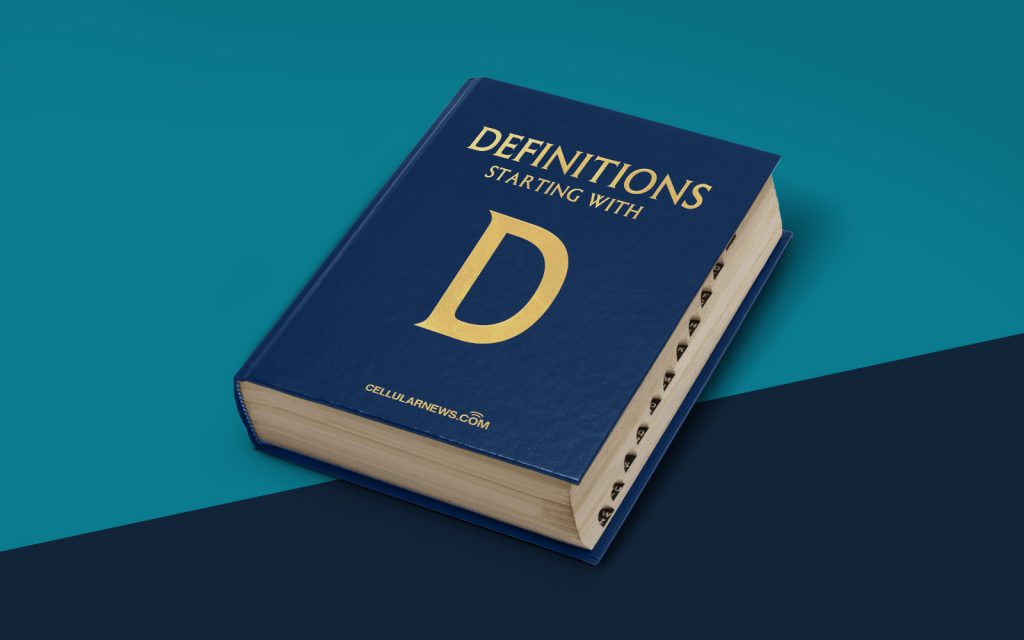
What is a Database Object?
Welcome to the “DEFINITIONS” category on our page! In this blog post, we will dive into the fascinating world of database objects and uncover what they are all about.
When it comes to databases, objects play a crucial role in organizing and managing data efficiently. To put it simply, a database object is a structure within a database system that holds and manipulates data. These objects act as building blocks, allowing users to perform various operations like storing, retrieving, and modifying data in the database.
Key Takeaways:
- A database object is a structure within a database system that holds and manipulates data.
- Database objects act as building blocks, allowing users to perform operations such as storing, retrieving, and modifying data.
Now that we have a basic understanding of what a database object is, let’s explore some common types of database objects:
- Tables: Tables are the most common and widely used database objects. They consist of rows and columns, forming a grid-like structure to store data in a structured manner. Tables are often used to represent entities or concepts in the real world, such as customers, products, or orders.
- Views: Views are virtual tables created from one or more existing tables or views. They provide a way to present the data stored in a database in a customized manner, without actually changing the underlying data. Views can hide complex queries and present a simplified or summarized version of the data, making them useful in simplifying data access and enhancing security.
- Indexes: Indexes are database objects used to improve the performance of data retrieval operations. They act as a roadmap, allowing the database to locate specific data quickly. Indexes are created on columns in tables and provide a way to search for data based on certain criteria efficiently.
- Procedures: Procedures, also known as stored procedures or routines, are predefined sets of SQL statements saved within the database. They allow users to encapsulate a series of database operations into a single executable entity. Procedures can be called by other programs or applications, promoting reusability and enhancing productivity.
- Triggers: Triggers are special types of procedures that are automatically executed in response to specific events or conditions in the database. They are often used to enforce data integrity rules, perform auditing tasks, or trigger certain actions based on data changes.
These are just a few examples of the numerous database objects that exist. Each object serves a specific purpose and contributes to the overall functionality and efficiency of a database system.
Key Takeaways:
- Common types of database objects include tables, views, indexes, procedures, and triggers.
- Tables are used to store data in a structured manner, views provide a customized representation of data, indexes improve data retrieval performance, procedures encapsulate a series of database operations, and triggers respond to specific events or conditions.
Understanding the different types of database objects and their roles is essential for anyone working with databases or seeking to gain insights from data. These objects are the building blocks that make databases functional, organized, and powerful tools in the digital realm.
So, the next time you come across the term “database object,” you’ll have a clear understanding of what it means and how it fits into the larger picture of data management.
